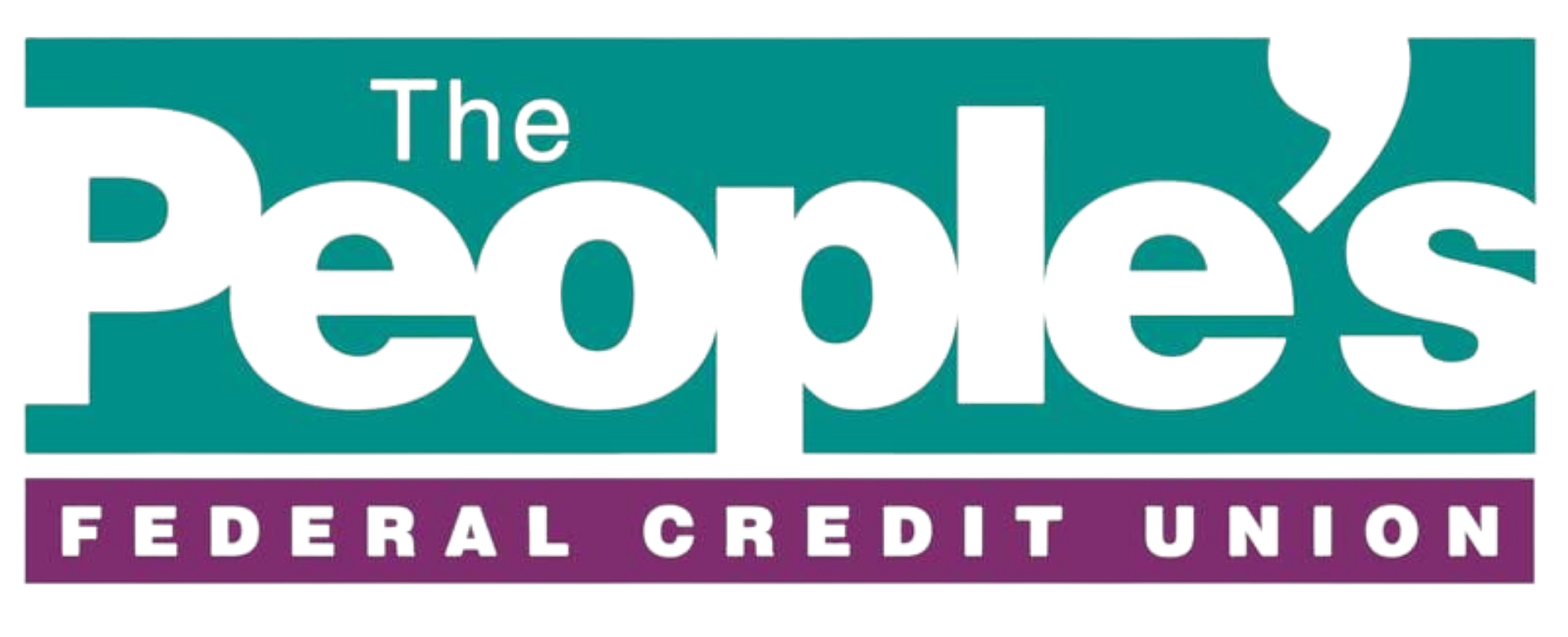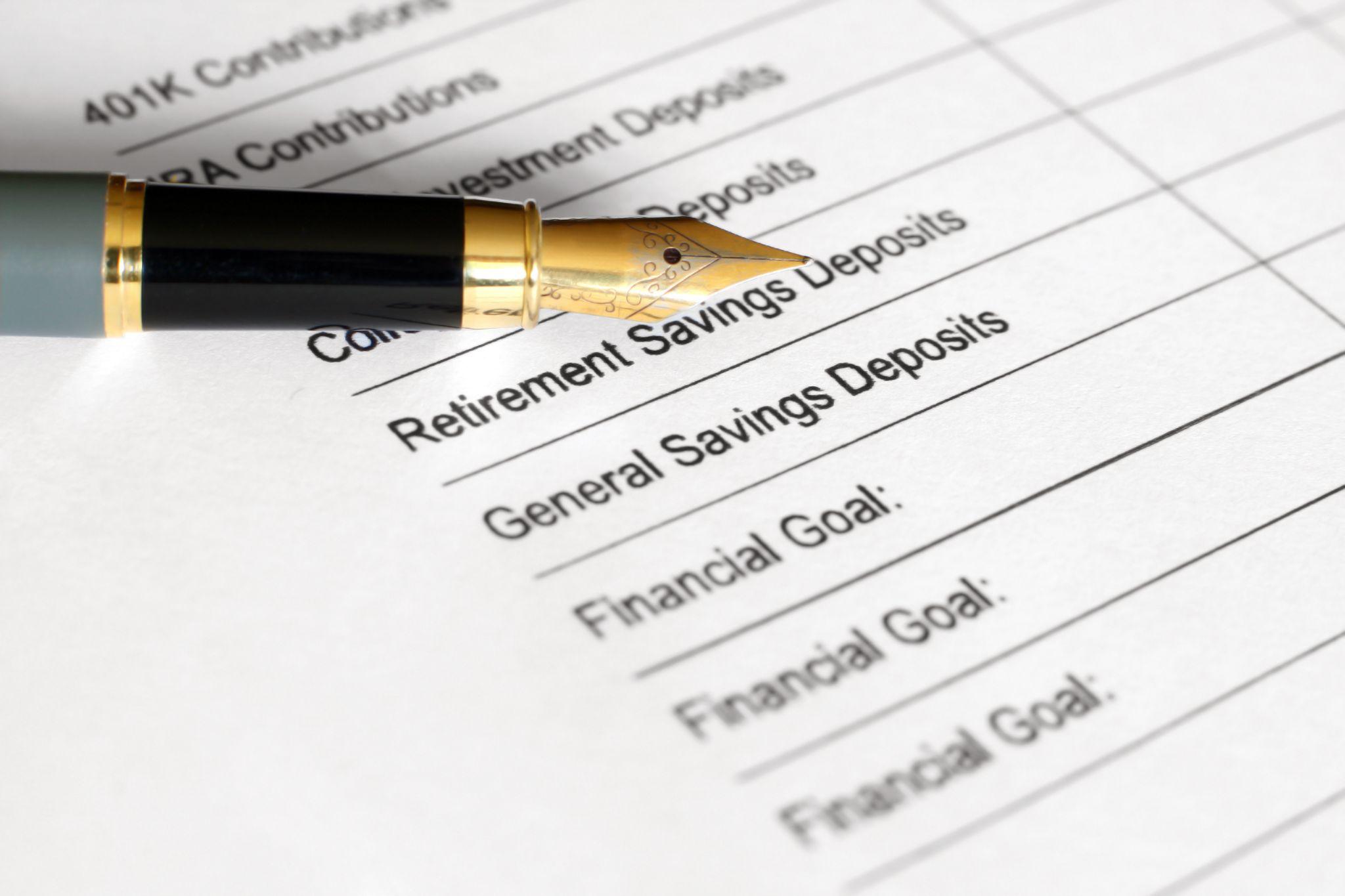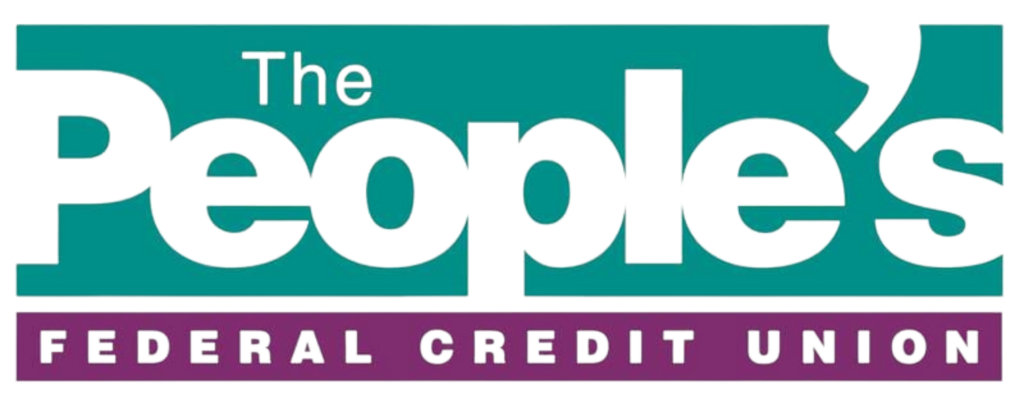Planning for retirement is something most people put off until they are nearing retirement age. Life challenges, like having children, paying college tuition, and day-to-day expenses, often get in the way of setting aside funds for retirement years. However, the sooner you get started, the better off you will be once you do retire.
Did you know that Social Security benefits, based upon current estimates, only cover about 40% of most people’s average monthly expenses? If you are not prepared to make drastic changes to your household budget once you do retire, you need to have a plan on how you intend to fund your retirement and ideally start collecting funds for retirement investments as early as possible. Otherwise, you might find yourself having to continue to work, at least part-time, after you reach retirement age.
Understanding how to sustainably plan for your expenses in retirement and make the most of your pre-retirement income is crucial to entering this stage of your life both comfortably and financially independent.
We go over some of the best tips to help get you started on saving for retirement and how joining a credit union can make the process easier.
1. Open a Share Savings Account at a Credit Union
One of the best ways to boost your savings is to open a share savings account at a credit union. Credit unions tend to pay higher compounded interest than traditional banks. Setting aside a small amount of your earnings each week will make it quickly grow over time. A good starting amount is 10% of your weekly net take-home pay. For most people, this still leaves them with enough to cover their other monthly expenses while creating a substantial nest egg for a comfortable retirement.
2. Take Advantage of a 401K
Participate in your employer’s 401K or retirement program. If your employer offers a retirement saving program, sign up. Most plans allow you to contribute whatever amount you can afford. If you are already saving 10% of your income in a savings account, consider adjusting this so you are putting 5% in your savings account and 5% into a retirement plan if you cannot afford to contribute more. However, it is beneficial to max out employer-matching contributions and contribute as much as you can to receive this additional “free” money.
3. Save Smart
Adjust your contribution and savings amounts when you get bonuses and raises. When you get a bonus or a raise, it can be tempting to simply use the extra money or use it on short-term goals. However, if you’re serious about planning for retirement, a better choice would be to set aside some of the additional money for your retirement.
For instance, if you received a 5% raise, consider setting aside between 2-3% for your retirement. This is one of the best retirement plans for young adults, as consistently sticking to this pattern over 30 years or more can make an enormous difference in your final retirement savings and allow you to start saving without making a major financial decision or investment right now.
4. Set Savings Goals
A crucial step in sustainable, successful financial planning for retirement is assessing your needs and means and finding common ground between them. Start by calculating the amount you would need to retire comfortably. Include an estimate of your day-to-day, housing, healthcare, and lifestyle expenses. Next, take a look at your current finances and how much money you can afford to save. Choose a percentage of your savings to put toward retirement, and create realistic goals based on these estimates.
This method works well as a retirement plan for self-employed individuals, as it includes social security and does not require any additional retirement funds like a 401K or Roth IRA..
5. Consider an Alternative Fund

If your employer does not offer a 401K or retirement plan, or you are self-employed, a Roth IRA account can be a great way to plan for retirement responsibly. Start by making the equivalent contribution to your individual retirement account as you would have to a 401K, and consider increasing the amount you contribute gradually.
Both 401K and Roth IRA accounts offer unique benefits, but the main difference is that an IRA offers tax-free investment growth while you will have to pay tax on money withdrawn from a 401K when the time comes.
If you’ve already committed to an IRA or 401K and want a different way to continue growing your investment, consider putting any additional money in mutual funds or stocks and bonds to generate a passive income.
6. Keep Your Retirement Savings Separate
Never touch your retirement savings. If you cash out retirement savings early, you often have to pay taxes and a penalty for accessing the funds before retirement age. If you have a financial crisis, consider other options first, such as a personal loan from a credit union like TPFCU. With a loan you won’t incur additional taxes while ensuring your investment in your future is safe. Paying off a loan on time and in full can also benefit your credit score, helping you access additional financial products down the line.
7. Don’t Neglect Your Other Goals
Once you start planning for retirement, it can be tempting to make all your investment decisions with only your retirement in mind. This can lead to you neglecting other financial goals like buying a house, paying off debt, or expanding your investment portfolio. As much as saving for retirement is important, it’s not the only goal to focus on. Instead, focus on creating a well-rounded financial plan and integrating your retirement savings with your other goals.
One way to ensure your savings plan is well-rounded is to work with a financial advisor who understands your situation and the goals you want to achieve. They can help you make informed choices about making your money work for you.
8. Maintain Your Required Withdrawals
Remember to make required withdrawals after retiring. You are required to make annual withdrawals from certain retirement plans. Failing to do so could result in a tax penalty of up to 50% of the amount you should have withdrawn. Once you are ready to retire, ensure you are aware of required withdrawals for each of your plans and always make them on time.
9. Tailor Your Retirement Plan to Your Needs
An abundance of different retirement plans exist for people from all backgrounds and of all ages. The best retirement plan for a millennial differs greatly from that of a baby boomer, as financial goals, means, and modes of saving change often. To make the most of your retirement savings, it’s best to consult with a financial advisor to discuss the different options available to you, as well as how your individual situation may affect the way and amount you save.
How TPFCU Makes Retirement Planning Easier
The People’s Federal Credit Union specializes in helping each of its members achieve their financial goals and independence, and retirement planning forms a significant part of this offering. To make your savings sustainable, we provide a range of products and services like personal loans and high-yield savings accounts.
Before making important decisions about taking money out of your retirement plan or investing additional income in a new account, talk to us about the options we have available and how they fit in with your long-term goals. We also provide a variety of retirement programs that take the guesswork out of planning for the future.
In addition, our expert team is here to offer detailed advice and guidance to help whether you need a retirement plan for a small business, as a young adult, or as a more mature saver.
To learn more about retirement programs and share savings accounts, please feel free to contact The People’s Federal Credit Union at 806-359-8571 or stop by one of our branch locations across parts of Texas today!








